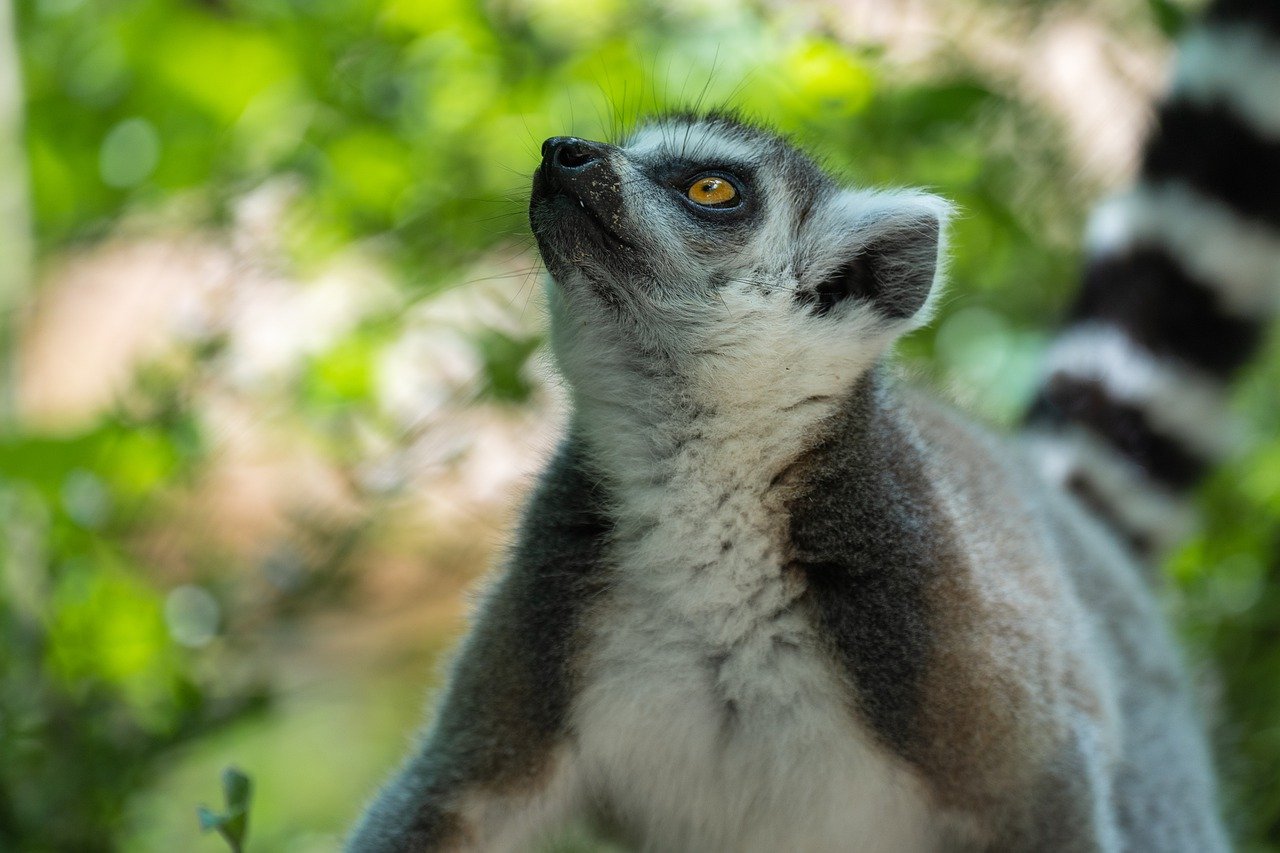
ΑΙhub.org
We built an AI tool to help set priorities for conservation in Madagascar: what we found

Artificial Intelligence (AI) – models that process large and diverse datasets and make predictions from them – can have many uses in nature conservation, such as remote monitoring (like the use of camera traps to study animals or plants) or data analysis. Some of these are controversial because AI can be trained to be biased, but others are valuable research tools.
Biologist Daniele Silvestro has developed an AI tool that can help identify conservation and restoration priorities. We asked him to tell us more about how it works and what it offers.
Daniele Silvestro, University of Fribourg
How does your artificial intelligence tool for conservation work?
Artificial intelligence (AI) is a term indicating a broad family of models used to process large and diverse datasets and make predictions from them.
We built a model using biodiversity datasets as well as socioeconomic data. The aim was to identify optimal strategies to conserve nature. Our AI tool, Conservation Area Prioritisation through Artificial Intelligence (Captain), uses a type of AI called reinforcement learning. This is a family of algorithms that optimises decisions within a dynamic environment.
The tool we built was the result of years of work involving an international team with experience in biology, sustainable economics, maths and computer science.
The software we developed can take multiple types of data as input, including biodiversity maps, species ranges, climate and predicted climate change, as well as socioeconomic data such as cost of land and a budget available for conservation action. It then processes this information and, based on a set conservation target (for example, to include all endangered species in a protected area, or to protect as many species as possible) it suggests a conservation policy.
The tool’s environment is a simulation of biodiversity, an artificial world with species and individuals that reproduce, migrate and die through time. We use the tool to look for the most appropriate conservation policy.
It works similarly to a video game where the player (called the agent) is the “brains” of our software. The goal of the game is to protect biodiversity and prevent as many species as possible from going extinct within a simulated environment that includes human pressure and climate change.
The agent observes the environment and tries to place protected areas in this environment in the best way. At the end of the game the agent gets a reward for each species it manages to save from extinction. It will have to play the game many times to learn how to best interpret the environment and place the protected areas. After that, the model is trained and can be used with real biodiversity data to identify conservation priorities that should maximise biodiversity protection.
Why did you test the tool in Madagascar? What did you find?
The State of the World’s Plants and Fungi report showed that biodiversity is facing unprecedented threats, with as many as 45% of all plant species at risk of extinction. Together with climate change, this is one of the major challenges humanity faces, given our dependence on the natural world for our survival.
In a recent paper we summarised the extent of Madagascar’s extraordinary concentration of biodiversity with thousands of species of plants, animals and fungi. The project was led by Hélène Ralimanana of the Royal Botanic Gardens, Kew and Kew Madagascar Conservation Centre.
By applying the Captain tool to a dataset of endemic trees of Madagascar we were able to identify the most important areas for biodiversity protection in the country, for instance the area in the Sava region, where the Marojejy National Park has long been established.
Madagascar already has number of conservation areas and programmes. What our experiment shows is that the technology we developed can be used with real-world data. We hope it can guide conservation planning.
Who do you think can use the Captain AI?
We think it can help policy makers, practitioners and companies in guiding conservation and restoration planning. In particular, the software can use diverse types of data in addition to biodiversity data. For instance it can use costs and opportunity costs related to setting up protected or restoration areas. It can also use future climate scenarios.
Is technology alone enough to conserve biodiversity?
Certainly not. Technology can help us by crunching the numbers and disentangling complex data. But there are many aspects of conservation that are not easily quantifiable as numbers. There are aspects of cultural value of land and nature, and social and political issues related to the fair distribution of resources. These are issues for real humans to take into account, rather than artificial intelligence programs.
Technology and science can (and should) assist us in making decisions, but ultimately the protection and conservation of the natural world is and must be in the hands of humans, not software.![]()
Daniele Silvestro, Assistant Professor, Department of Biology, University of Fribourg
This article is republished from The Conversation under a Creative Commons license. Read the original article.









